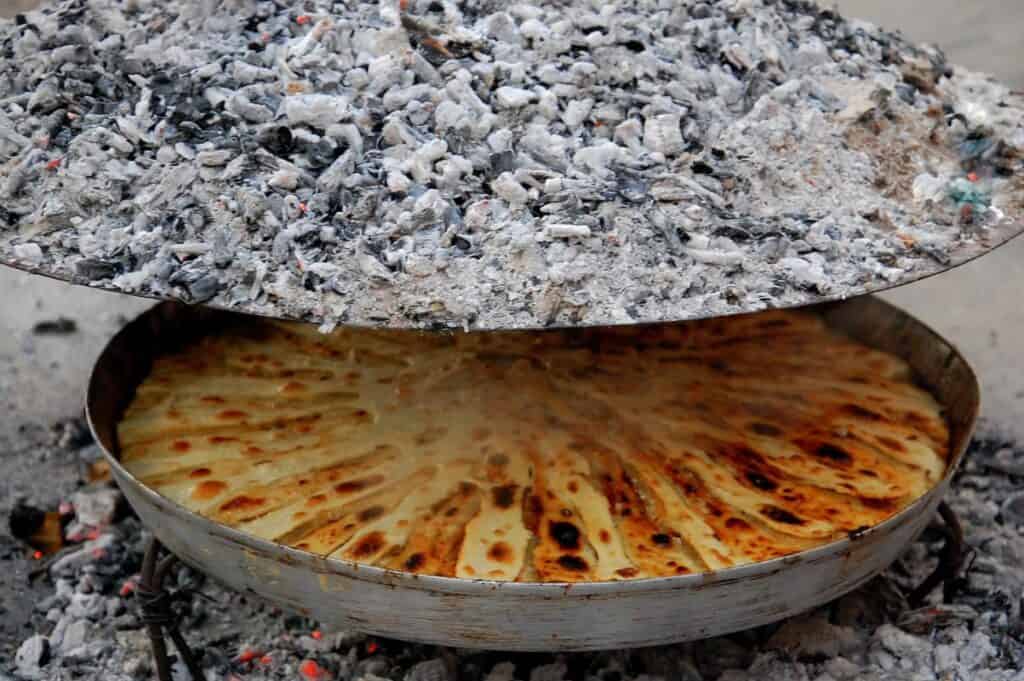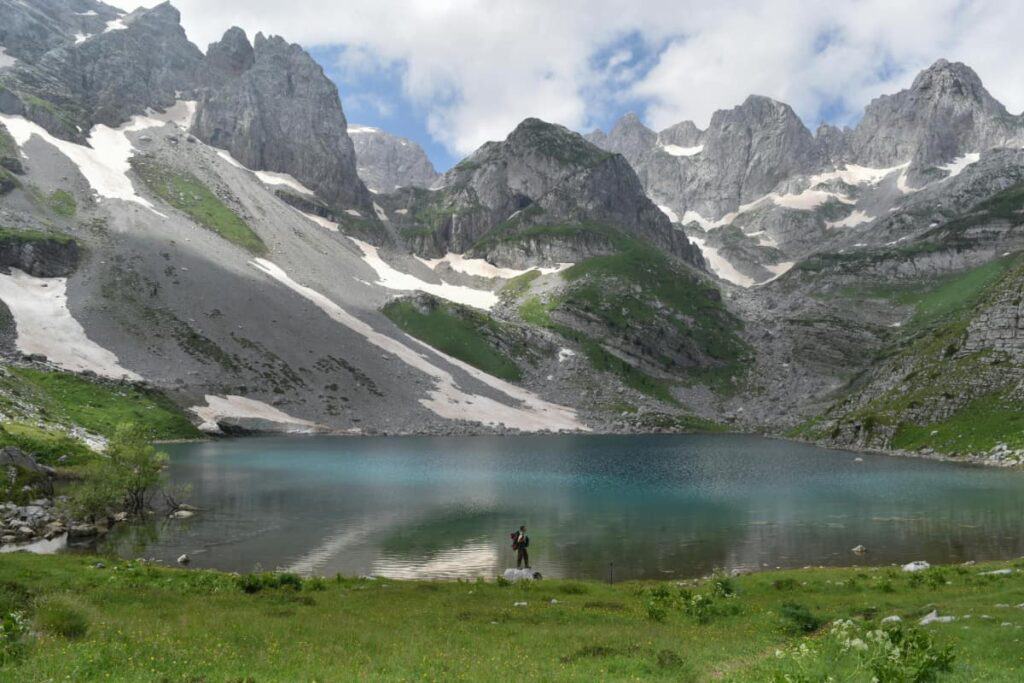UNESCO Treasures in Albania
Albania is home to several UNESCO World Heritage Sites that reflect its rich cultural and historical heritage. Each site offers unique insights into the country’s past and traditions, making them essential stops for cultural enthusiasts.
1. Berat: City of a Thousand Windows
This UNESCO World Heritage Site is famous for its well-preserved Ottoman-era architecture and historical significance.
Highlights:
- Walk through the Mangalem and Gorica quarters, known for their distinctive white stone houses cascading down the hillside.
- Explore Berat Castle, a living fortress with churches, homes, and museums.
- Visit the Onufri National Museum, showcasing vibrant religious art and icons.
Why It’s Special: Berat’s architectural harmony and cultural depth make it a must-visit destination.
2. Gjirokastër: The Stone City
Another UNESCO gem, Gjirokastër showcases a unique blend of architecture and folklore in its well-preserved Ottoman-style cityscape.
What to Do:
- Visit Gjirokastër Castle, home to a museum and the National Folk Festival.
- Explore the Ethnographic Museum, located in Enver Hoxha’s former home.
- Stroll through the Old Bazaar and shop for traditional crafts.
Why Visit: Gjirokastër’s history and living culture provide a vivid window into Albania’s heritage.
3. Butrint National Park
Located near Sarandë, Butrint is an archaeological site that spans millennia, showcasing Greek, Roman, and Byzantine influences.
Key Attractions:
- The Roman Theater and the Basilica, are examples of ancient architectural brilliance.
- Scenic views of the Vivari Channel, blending history with natural beauty.
- The site’s informative visitor center, provides context for the ruins.
Why It’s Unique: Butrint’s integration of cultural layers within a natural setting is unparalleled.
4. Iso-Polyphonic Singing
Recognized as an Intangible Cultural Heritage of Humanity, iso-polyphony is a form of traditional singing from southern Albania.
Where to Experience It:
- Attend performances in villages like Vlorë, Himarë, and Gjirokastër.
- Visit during local festivals where iso-polyphony plays a central role.
Why It Matters: This singing tradition connects Albanians to their past through harmonized storytelling.
5. The Ancient and Primeval Beech Forests of Rrajca
Located in Shebenik-Jabllanicë National Park, these forests are part of a transnational UNESCO site that protects Europe’s ancient ecosystems.
Activities:
- Guided hikes through untouched beech forests.
- Learn about Albania’s conservation efforts and biodiversity.
Why Visit: The forest offers a unique chance to connect with Albania’s natural and cultural heritage.
6. Historical Centers of Berat and Gjirokastër
Both cities’ old towns are architectural masterpieces showcasing Ottoman influences and local traditions.
What to Explore:
- Berat’s historic homes and churches.
- Gjirokastër’s cobbled streets and imposing stone mansions.
Why They’re Special: These cities reflect Albania’s enduring cultural identity and architectural ingenuity.
Tips for Visiting UNESCO Sites
- Hire Guides: Local guides provide in-depth knowledge and context.
- Respect Preservation Rules: Follow site-specific guidelines to protect these treasures.
- Plan Ahead: Some sites, like Butrint, are best visited during off-peak hours to avoid crowds.


